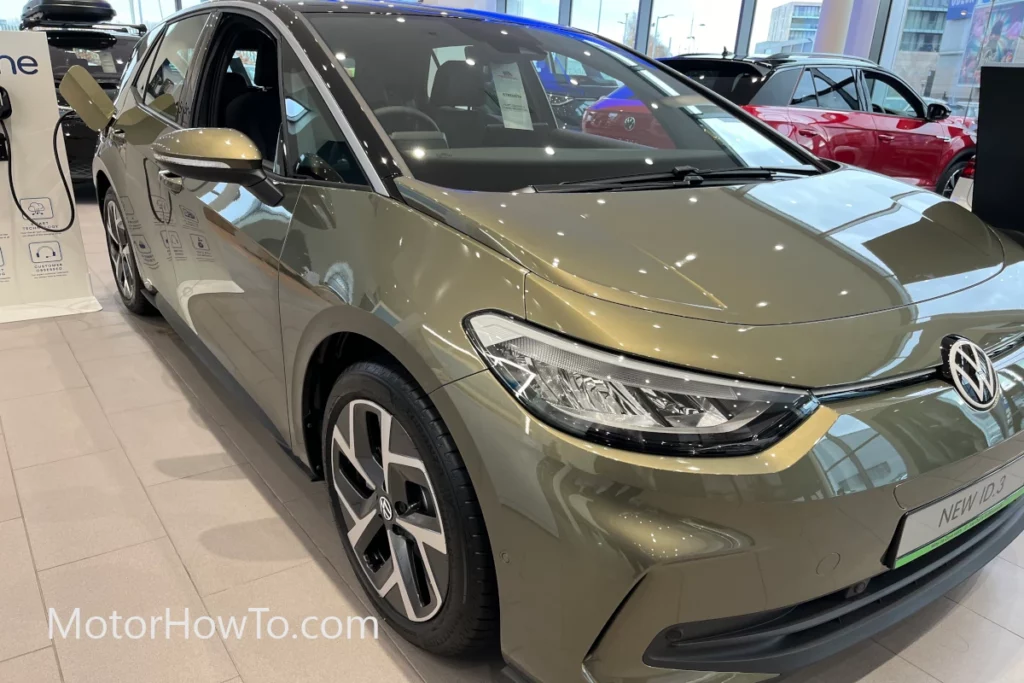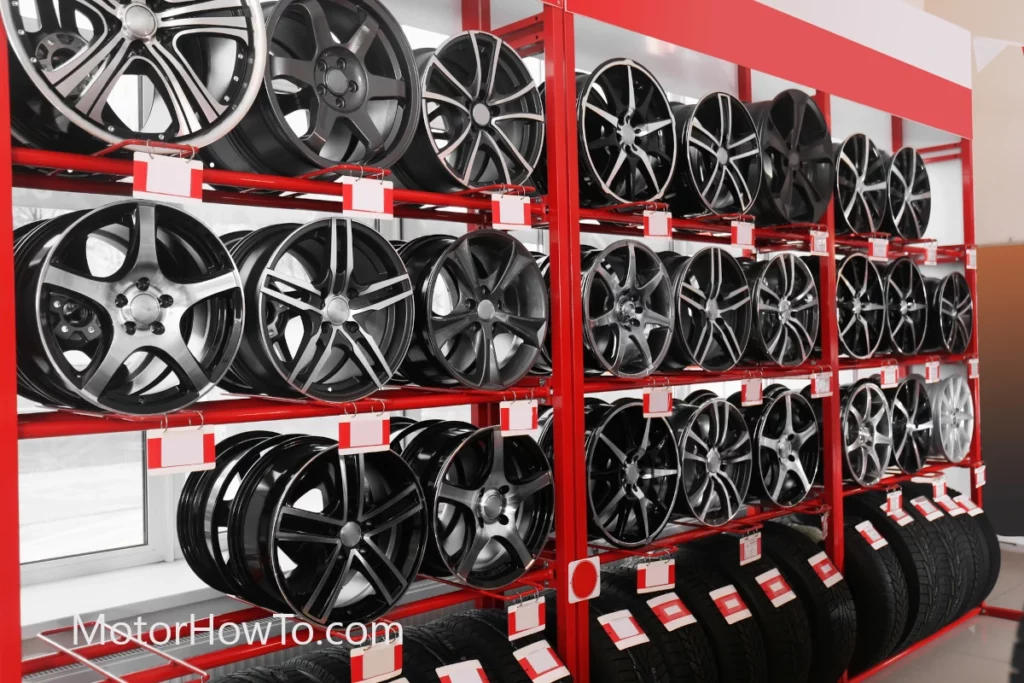Car stereos or radios have become an essential component of modern automobiles. Whether you’re driving a sedan, convertible, or even a pickup truck, you typically have a stereo and amplifier combination driving your speakers with the appropriate wattage or power.
You cannot have a pleasurable drive unless you can play your favorite tunes at the optimum volume while driving, and so the more powerful your car audio system the better the sound quality and experience.
However, do you know if the car’s speakers require additional power? This article addresses all of your questions about automobile speakers.
So Do Car Speakers Really Need Power Amplifiers?
Yes, all car speakers need the power to produce sound and an amplifier to drive them. Depending on your car speaker’s specification, some speakers require less power while others require more. Factory-fitted car speakers usually are low-powered and so can be driven by the car stereo or radio’s inbuilt amplifier located within the factory-fitted head unit, however, after-market higher-powered car speakers and subwoofers require additional car amplifiers.
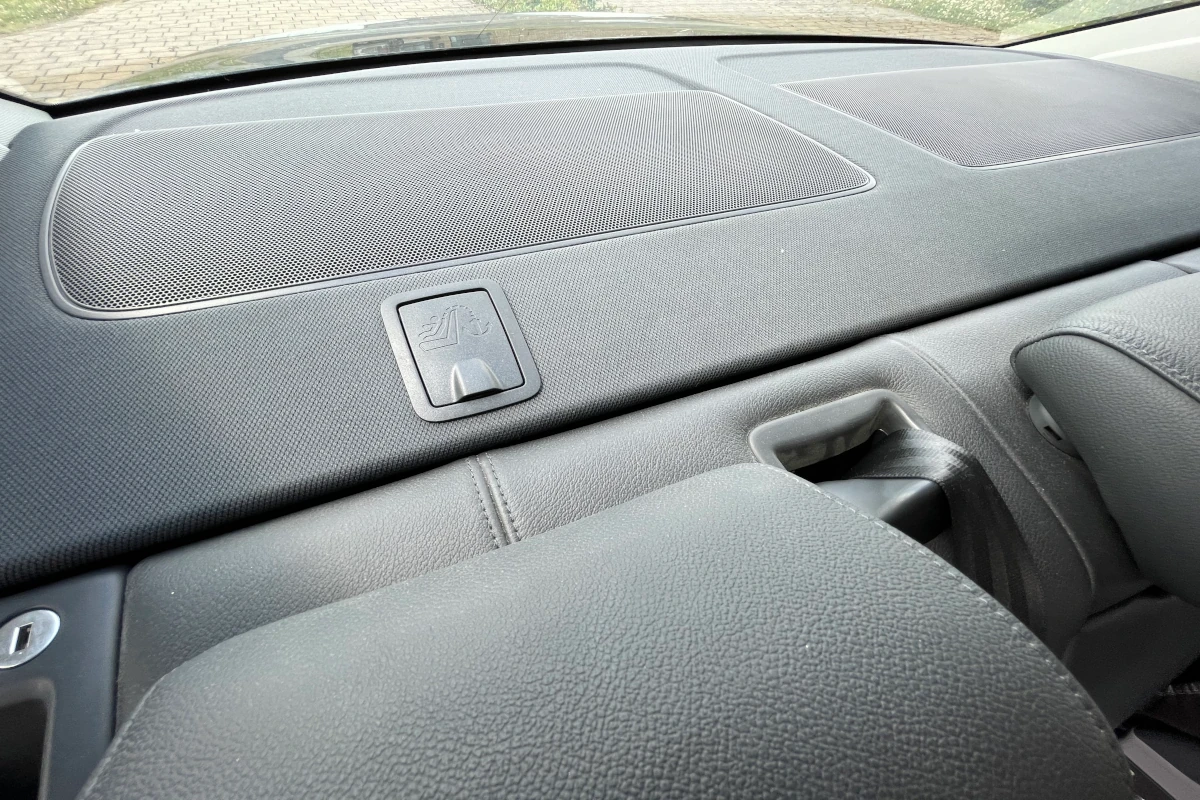
Amplifiers are a widely seen and available component in today’s audio systems, especially for Luxury or high-performance cars.
Nevertheless, every automotive audio system requires an amplifier, whether a low-powered built-in head unit or a separate, high-powered unit. An amplifier is an internal function of a car radio requires, irrespective of the type of car speakers.
However, many of these systems have amplifiers designed to exclusively power subwoofers as they need more power than all speakers installed in your car cabin. The vast majority of factory-fitted automobile audio systems do not require a separate amplifier.
The amount of power an amplifier possesses can be determined by the maximum quantity of watts it can send to the speakers.
Since the primary role of an amplifier is to strengthen the audio signal, the amount of power that an amplifier possesses is a critical factor that must be considered.
The root-mean-square value, or RMS, is the most vital metric to locate, but you shouldn’t consider one aspect as there is a combination of factors that lead to perfect sound quality.
It is also necessary to balance the RMS of an amplifier with the power handling of the car speakers, which varies depending on the automobile audio system.
It is preferable to have higher-power car speakers instead of lower ones to withstand loud spikes. Therefore an RMS that falls between 75% and 150% of the maximum power that the speakers or subwoofer can sustain is ideal.
Related:
- Does Head Unit Matter With Amplifier and Subwoofer? (Explained)
- What is a Car Audio Battery? (Explained for Beginners)
- Why Are Rear Car Speakers Necessary? (Might Surprise You)
How Do Car Speakers Get Power?
Car speakers get power from the small amplifier fitted within the car stereo or car head unit. The head unit amplifier isn’t powerful enough to produce loud sound for higher-powered car speakers or subwoofers, in which case an additional car amplifier is used to amply the audio signals from the head unit to produce enhanced audio output.
There are a lot of after-market car amplifiers out there, all different sizes and shapes with different amounts of power, the number of channels, speaker level input, etc.
The factory-fitted car stereo or head unit typically comes with 300 watts of power while an external power amplifier can have a power rating of anywhere above 1000 watts.
The easiest way to upgrade the sound in your car used to be by replacing the factory-fitted car audio system, but that is not an option anymore as car audio today is tightly integrated within other car features and components such as the car computer, infotainment systems, dashboard, and head unit.
So the next best option is to add a car amplifier and car speakers to your existing car audio system.
Which Car Amplifier Should I Go For?
Today you can get amplifiers that are built to integrate with your car’s existing factory-fitted audio system and computers.
Below are some of the aspects your need to consider before picking the right amplifier:
Speaker level inputs
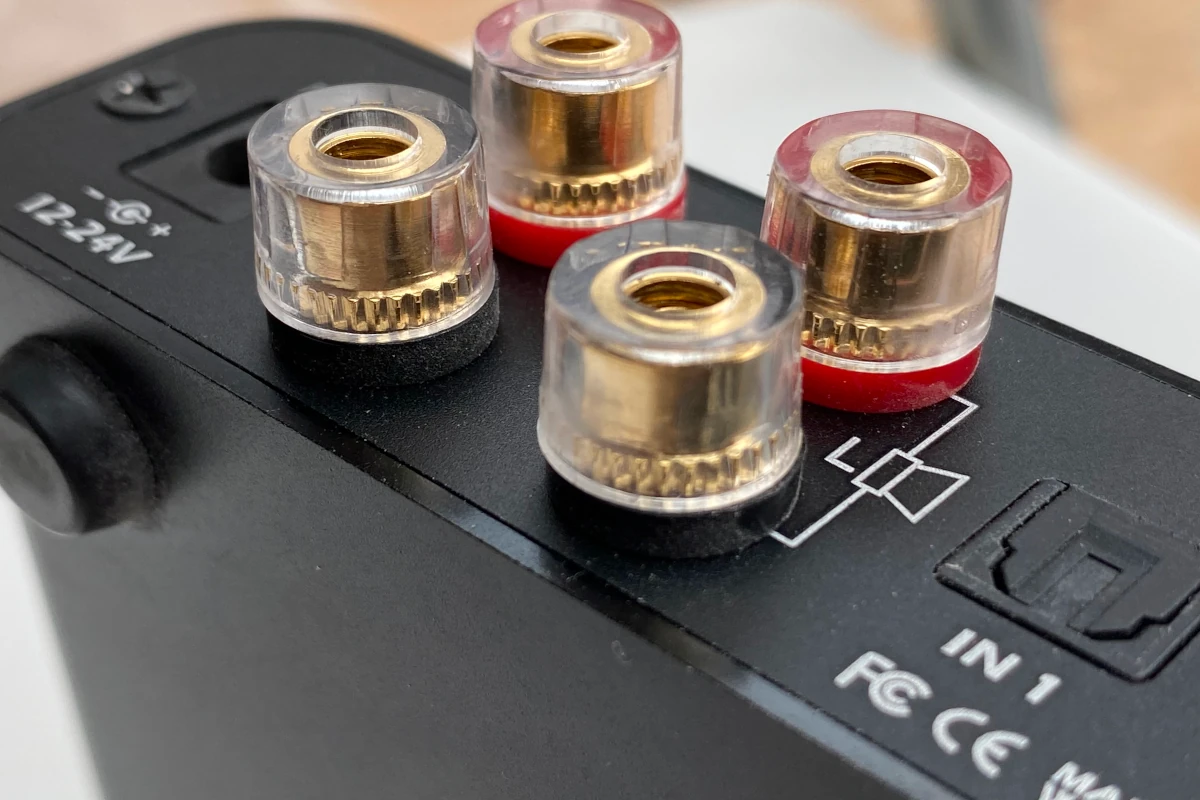
Newer car amplifiers have speaker-level input where you can connect the factory audio’s speaker wires directly to the amplifier, working with your existing car audio setup.
The car amplifier will in addition to amplifying the sound, also make adjustments to improve sound quality with the help of a line output converter to match the car amplifier’s input line level specifications.
If you do replace your car audio system or if your existing one has pre-amp outputs then you don’t need input level converter or an amplifier with speaker level input. The pre-amp output will make sure the right amount of audio is fed into the amplifier.
Number of channels
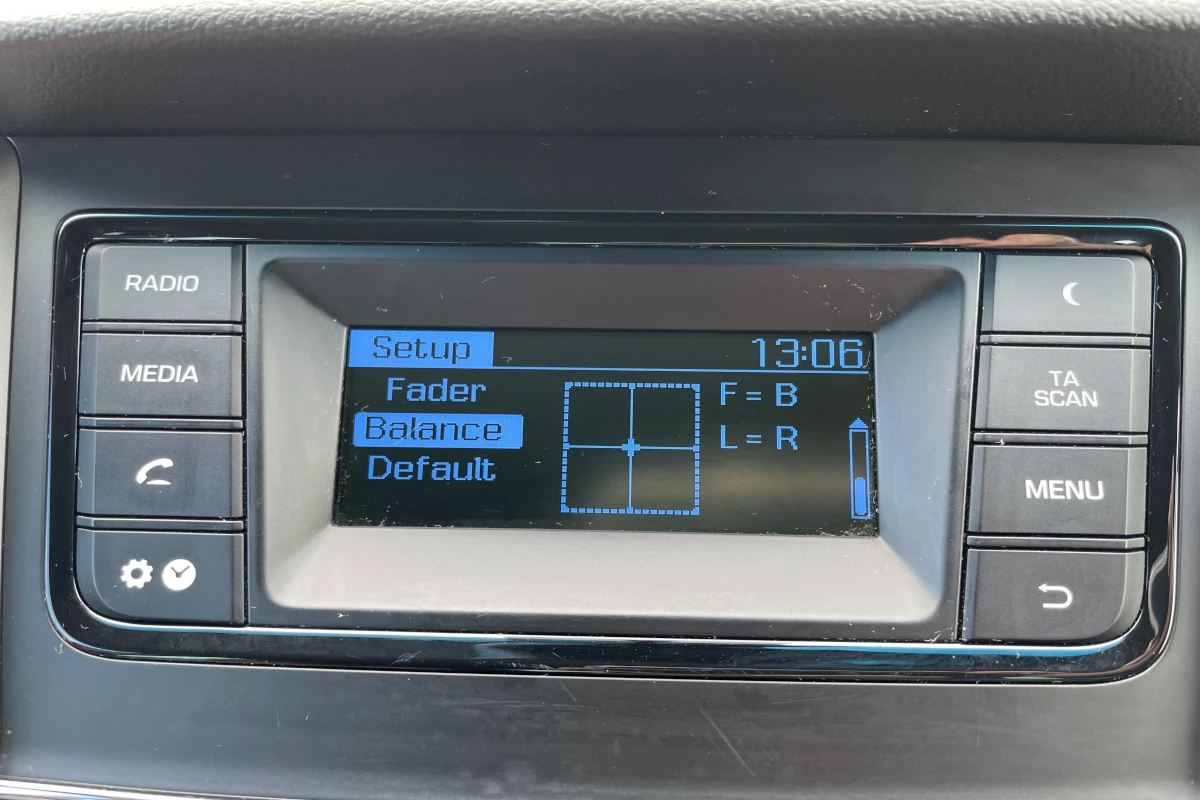
Generally speaking, the number of speakers in your car should equal to the number of channels a car amplifier should have.
So if you have 6 speakers (2 front, 2 sides & 2 rear) then you will need a 6-channel car amplifier.
If you mostly drive by yourself and don’t have rear seat passengers which makes you consider upgrading the sound for your 2 front car speakers only, then you can go with a 2 channel car amplifier. This can also be a relatively cheaper option.
Check out this great article on why rear car speakers are necessary.
However, if you want to add a subwoofer to your speaker configuration then you will need an additional channel to the total number.
You can also go with a separate subwoofer amplifier dedicated to getting that thumping bass but that will also need a separate power source and space rather than having all channels including the subwoofer in the same chassis.
There is another option and configuration where you can bridge 2 channels into one to power your subwoofer. For example, you can have 2 channels power the front 2 speakers while the remaining 2 rear channels bridge to power your subwoofer instead.
Power per channel
Now that you know how many channels you need, you should consider the power per channel your car speakers will need.
For a small to mid-sized car like a saloon, you don’t need too much power. 50W per channel for a 4 channel car amplifier i.e (50W x 4 = 200W) should be sufficient.
For a larger car or SUV, where there is more cabin space you should consider higher power such as 75W per channel to fill the same with loud quality sound.
When you are looking at car amplifier power rating for your 2-channel or 4-channel amplifier, the power rating specification is usually based on 4 ohms impedance as your front dashboard speakers and front door speakers are usually 4 ohms speakers, so both amplifier and speaker impedance will match perfectly.
When you consider the car subwoofers, the power rating will be at 2 ohms impedance as that is where they are designed to sound the best.
Matching car speakers
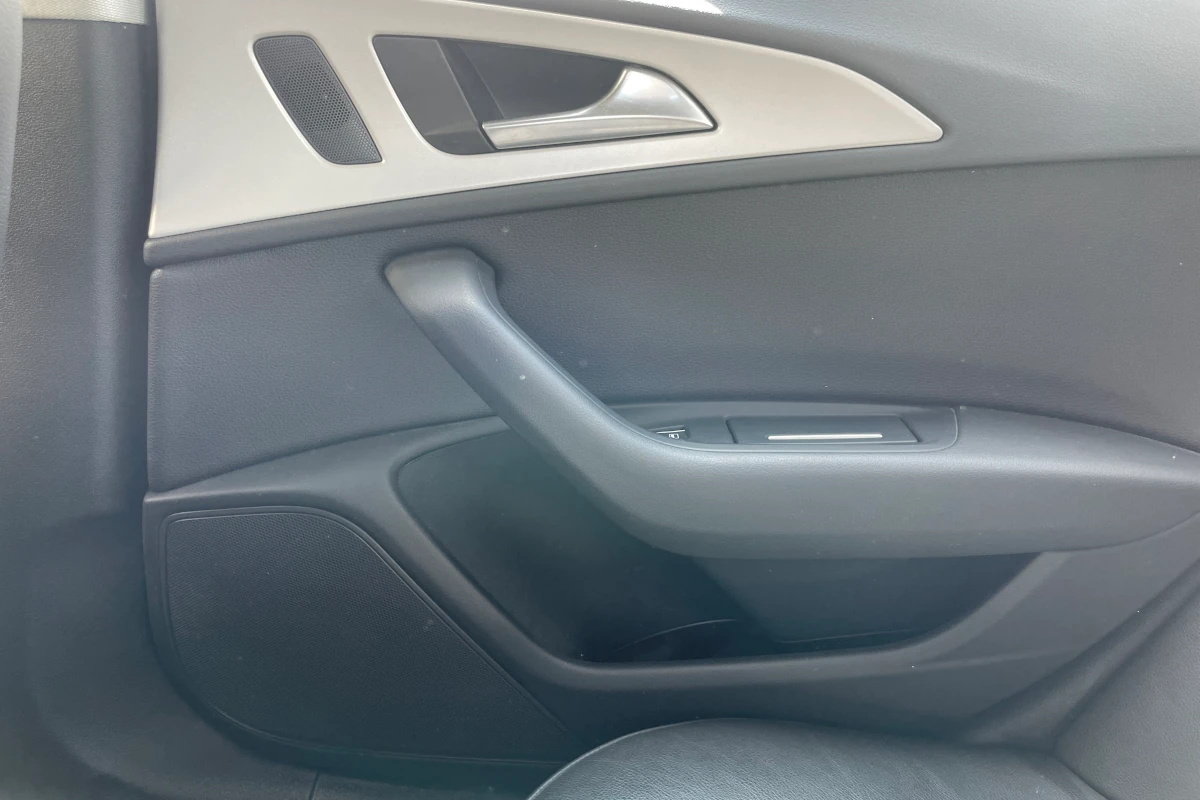
When upgrading your audio system, get your car speakers first and check their power rating.
The car speaker power rating will be mentioned on the speaker and you should look at the maximum RMS power recommended by the manufacturer, this is the maximum power your car speaker can take.
For example if you have chosen your car speaker rating of 50W of RMS power at 4 ohms impedance then match the power rating of your amplifier channel of 50W at 4 ohms impedance or lower (never go above) watts per channel.
Matching car subwoofers
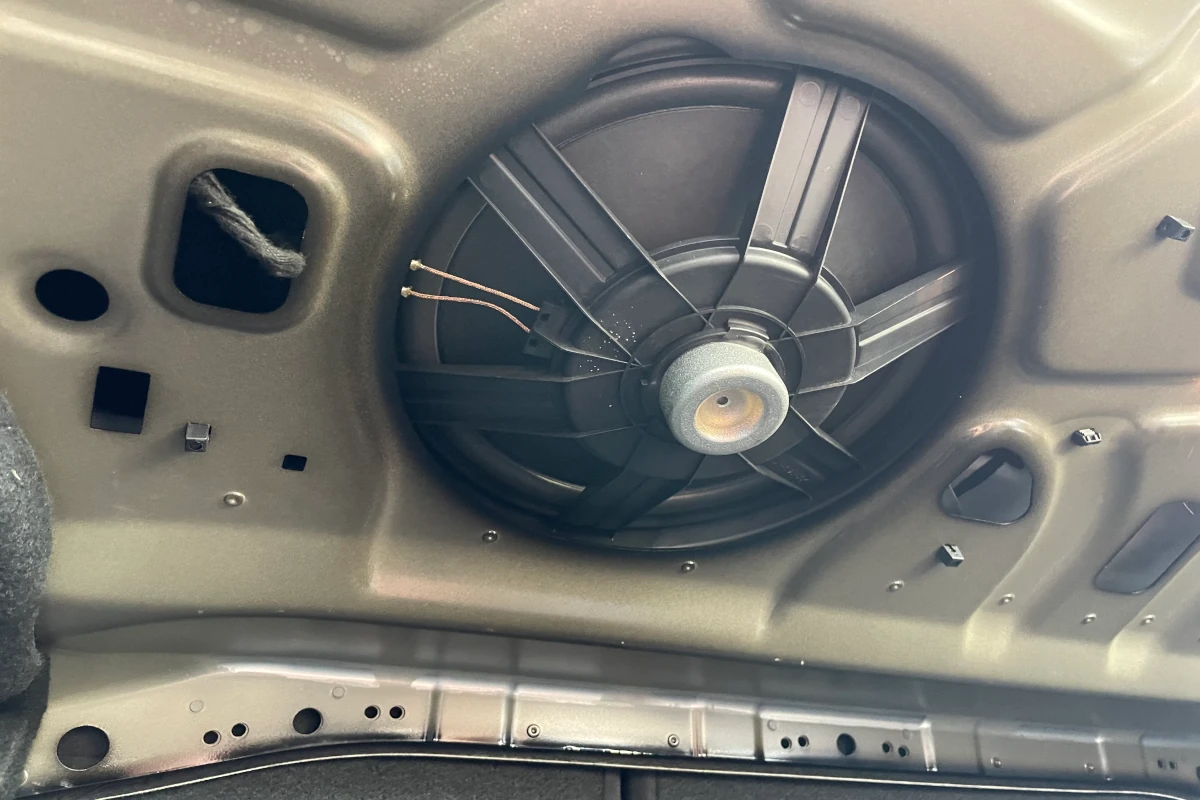
Most car subwoofers only have one subwoofer due to lack of space. To drive a single subwoofer, you need one channel car amplifier, also called mono subwoofer car amplifiers.
Car subwoofers are usually rated at 2 ohms impedance, so do make sure your car amplifier matches that. Some car subwoofers might have 1 ohm or 4 ohms so do make sure your mono subwoofer amplifier matches that impedance.
2 speakers handling 400W at 4 ohms each, wired them in parallel will combine the speaker power to (400W x 2 speaker) 800W at 2 ohms (4 ohms / 2 Speakers of 4 ohms), then you need an amplifier that can drive 800W at 2 ohms.
Features And Interfaces
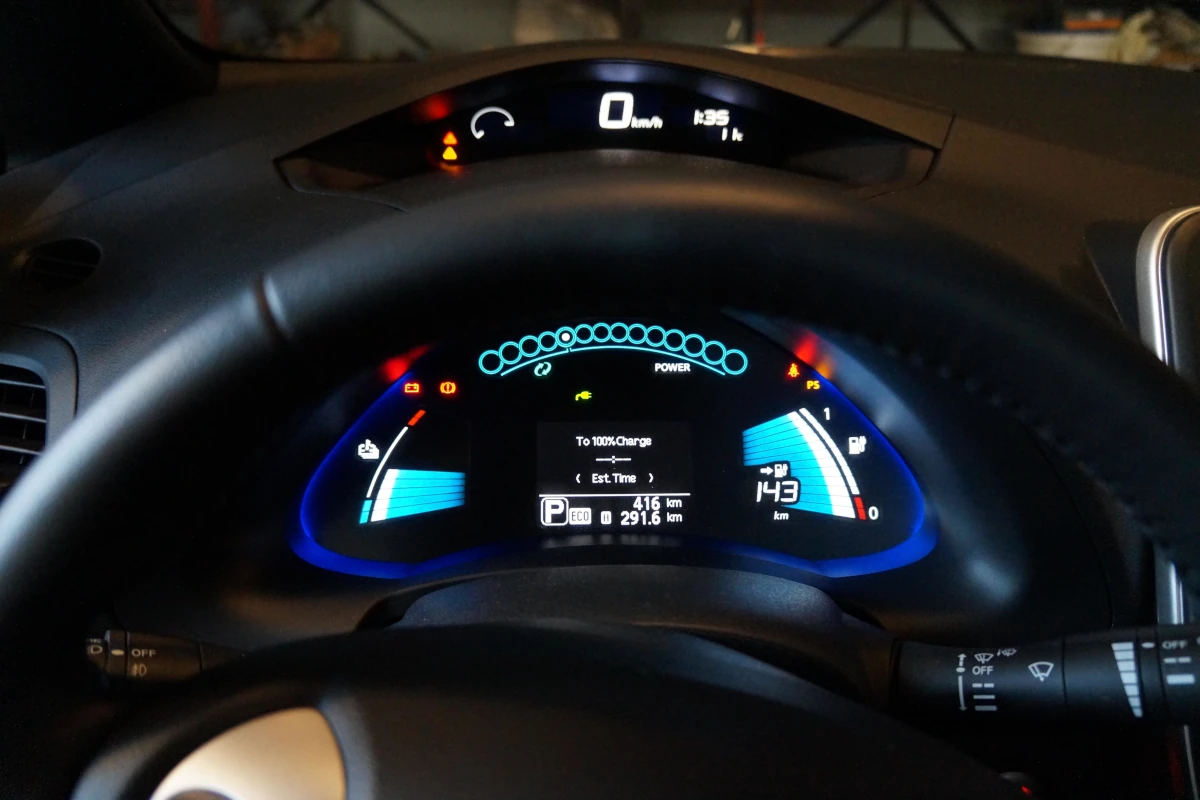
Car amplifiers have varied features and interfaces from basic to advanced.
Basic features and interfaces are typically used only during installation or when you reset your system, and never touch them again.
Advanced features and interfaces usually include cross-overs and bass boost, level controls, etc. Some have DSP (Digital Signal Processing) to give you interface control using a smartphone or tablet giving you the ability to adjust them.
Some advanced features and interfaces include compatibility with Bluetooth. These are typically used in ATVs (All Terrian Vehicles), golf carts, or your older generation cars that don’t have a factory-fitted built-in radio.
You can also use this Bluetooth amplifier if you don’t want to replace your factory-fitted car audio and use a separate audio system.
Car Amplifier Size
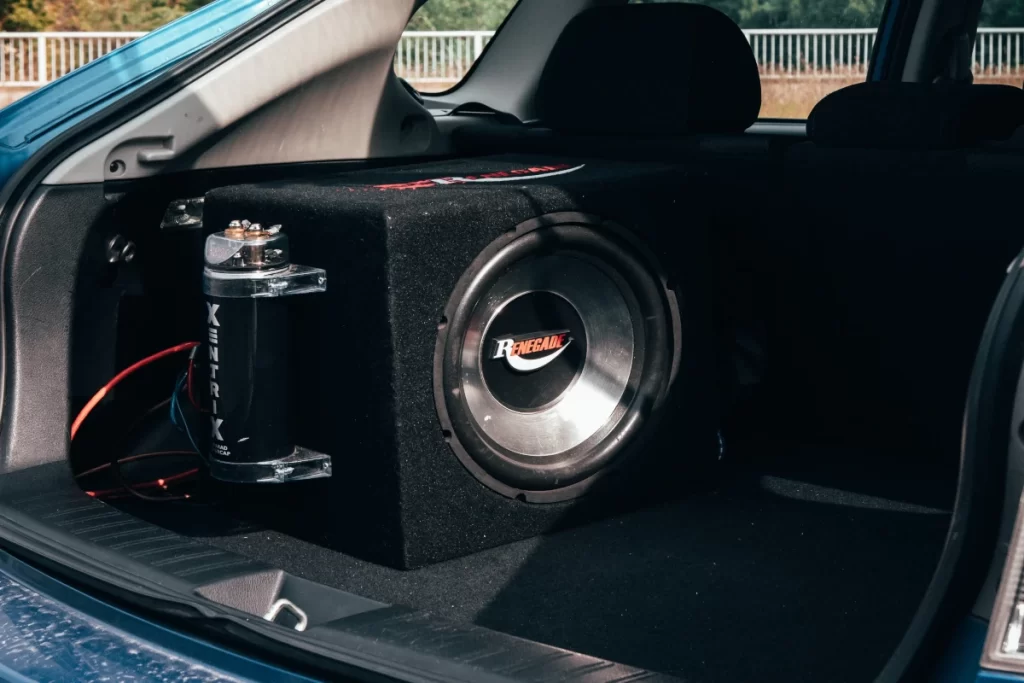
Depending on the available space you have in your car or truck you should choose the right car amplifier.
Many car amplifiers come in compact sizes making them easier to install, so if you don’t have much space in your car then they can fit well in small corners inside your dashboard, behind the existing car audio or head unit, in the glove box, under the seat, in the boot, under the rear deck, etc.
Car Amplifier Power Source
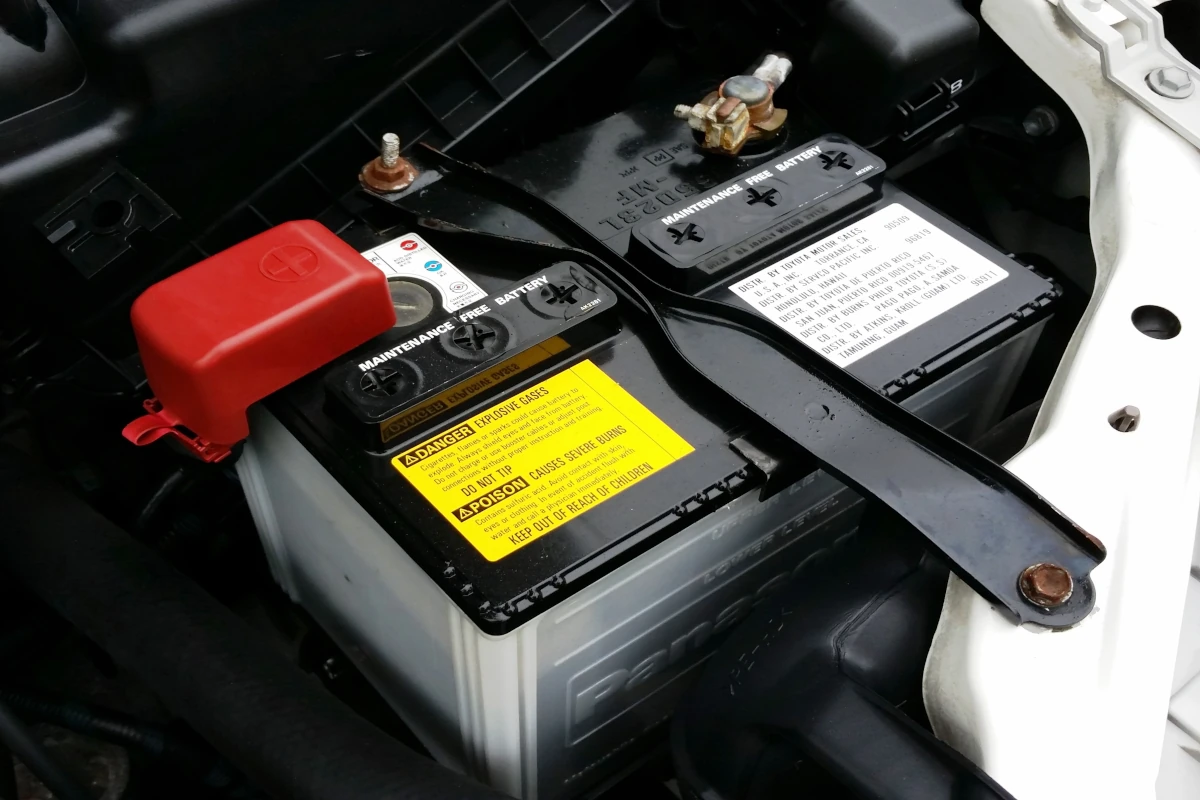
Larger amplifiers need a big power source to drive them and your regular car battery might not be sufficient to power all of the equipment, especially at higher volumes.
For power-hungry audio systems, installers usually use a separate battery called Audio Battery to avoid damage to the car alternator that charges the battery.
Some also use deep-cycle car batteries which makes charging easy.
Check out this great article to learn more about “Car Audio Battery”.
How Much Power Do I Need To Match Speakers And Subwoofers Combinations?
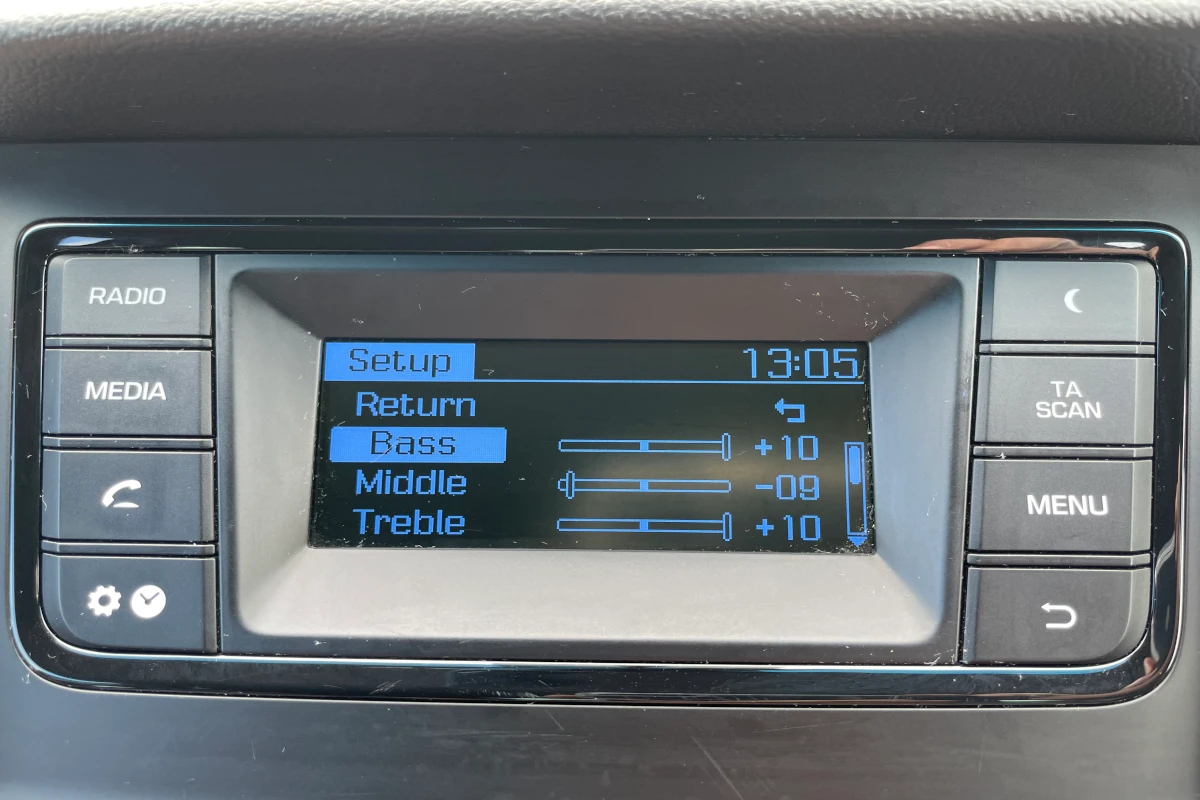
The power requirements to drive the speakers and subwoofers combination will entirely depend on the channels, configuration, and capacity to handle power.
If you have a factory-fitted audio system with 10W x 4 channels and you want to add a subwoofer to the setup, then you might not need a high-power subwoofer/amplifier combination. A modest 50-200W subwoofer/amplifier combination should be sufficient to keep up with the 10Wx4 channel car speaker output.
If you have upgraded your stereo or head unit with an after-market one that has 25W x 4 channels, then your subwoofer/amplifier combination will need a higher power rating e.g 200-300W of subwoofer power should be sufficient.
If you have upgraded your stereo or head unit and/or added speaker amplifiers to say 50W x 4 channels then you will need even more subwoofer power e.g 250-500W of subwoofer power should be sufficient.
If you have gone way above the norm and added 100W x 4 channels of power then you will need maximum subwoofer power e.g 1000W of subwoofer power for the system to have powerful bass.
Recommended speaker, subwoofer, and amplifier configuration
| Configuration | Car Speaker + Car Speaker Amplifier | Car Subwoofer + Car Subwoofer Amplifier |
|---|---|---|
| Factory-fitted system | 10W @ 4 ohms x 4 channels Speakers 10W @ 4 ohms x 4 channels Speakers Amplifier | 50-200W @ 2 ohms Subwoofer 50-200W @ 2 ohms Subwoofer Amplifier |
| Upgraded stereo system | 25W @ 4 ohms x 4 channels Speakers 25W @ 4 ohms x 4 channels Speakers Amplifier | 200-300W @ 2 ohms Subwoofer 200-300W @ 2 ohms Subwoofer Amplifier |
| Upgraded stereo system with amplifiers | 50W @ 4 ohms x 4 channels Speakers 50W @ 4 ohms x 4 channel SpeakersAmplifier | 250-500W @ 2 ohms Subwoofer 250-500W @ 2 ohms Subwoofer Amplifier |
| Gone overboard with high-power amplifiers | 100W @ 4 ohms x 4 channels Speakers 100W @ 4 ohms x 4 channels Speakers Amplifier | 1000W @ 2 ohms Subwoofer 1000W @ 2 ohms Subwoofer Amplifier |
How Do Car Speakers Without Power Amplifiers Work?
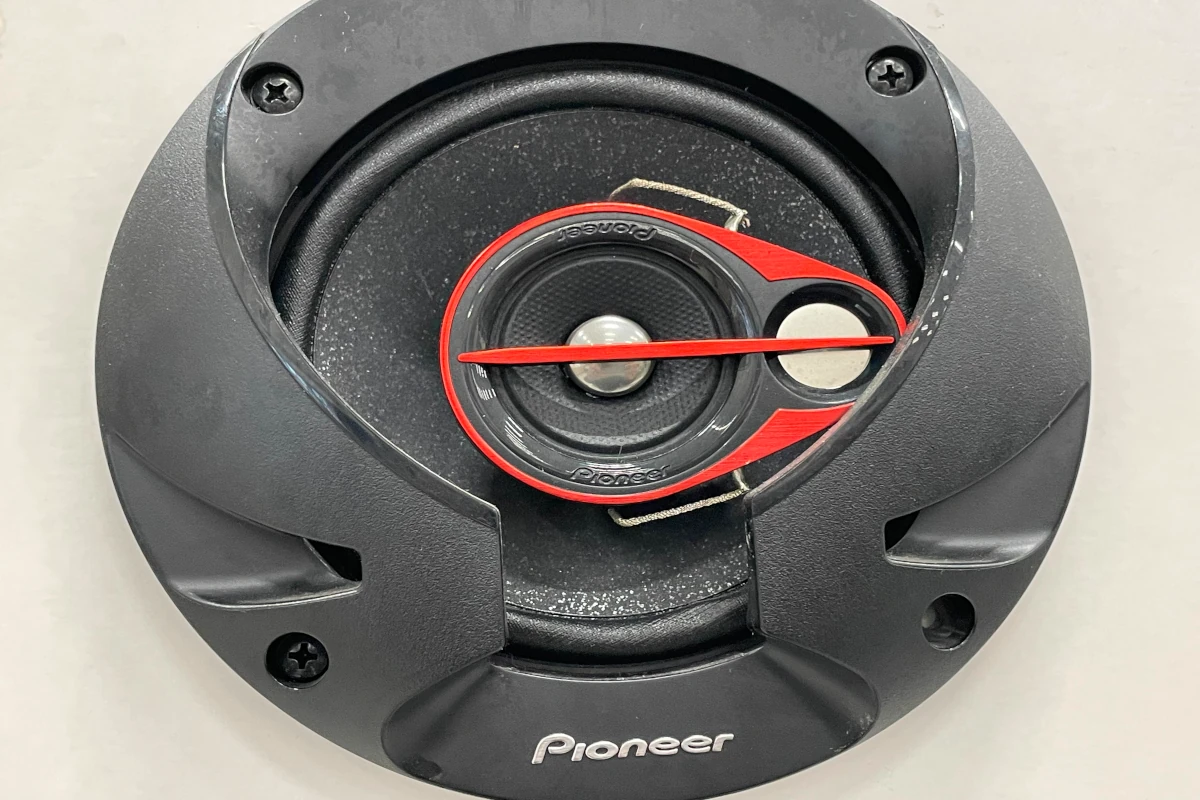
Every Car Speaker needs an amplifier. Car speakers without additional amplifiers are powered by a pre-amp signal amplified from the head unit. The amplification from the head unit is powerful enough to drive regular low-powered car speakers and doesn’t need an additional power amplifier.
Car speakers without additional amplifiers get power from the car stereo or head unit that goes via a component known as the static crossover (for example, a mid-bass unit, and a tweeter). Crossovers allow signals to be separated into low frequencies and high frequencies.
Final Thoughts
When determining how many watts are acceptable for a car audio system, it is a good idea to investigate the numerous available possibilities.
There are multiple possible outcomes. Despite this, it is always advised to maintain the volume level well below the safe maximum for your speakers.
It is crucial that you avoid making too many adjustments to the settings of your car stereos since doing so could damage the equipment.
Before making such a change to your vehicle, it is essential to get the advice of professionals, and you should also know what you are getting into.

